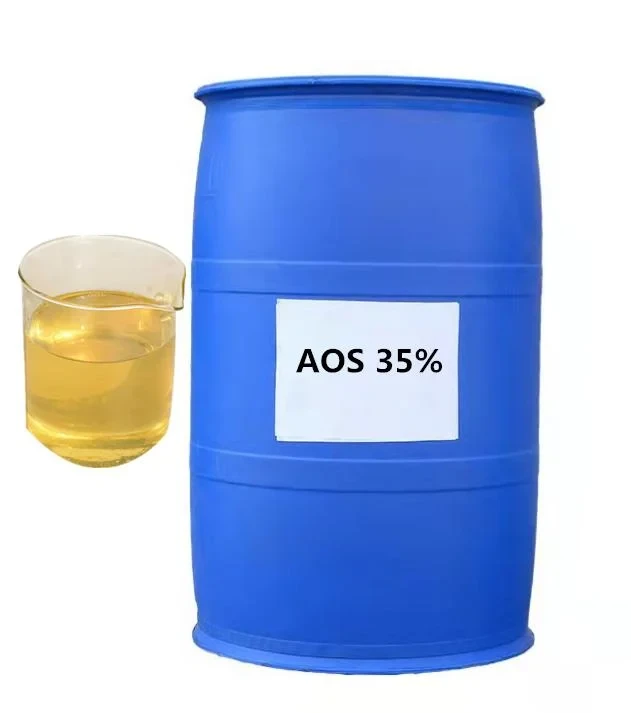



Safety Precautions and Handling Guidelines for Sodium Bisulphate
Safety Data Sheet for Sodium Bisulfate An Overview
Sodium bisulfate, also known as sodium hydrogen sulfate, is an important chemical compound used across various industries, particularly in cleaning products, food processing, and chemical manufacturing. Understanding the safety data associated with sodium bisulfate is crucial for ensuring the safety of workers handling this substance and minimizing environmental impacts.
Chemical Identification
Sodium bisulfate is represented by the chemical formula NaHSO₄. It appears as a white crystalline powder that is soluble in water, and its main uses include pH regulation in swimming pools, food preservation, and as a laboratory reagent. While sodium bisulfate is a versatile compound, it poses several health and environmental hazards that must be managed effectively.
Hazards Identification
The inhalation, ingestion, or skin contact with sodium bisulfate can lead to adverse health effects. The safety data sheet outlines various hazards associated with this chemical
1. Health Hazards Sodium bisulfate is classified as an irritant. It can cause irritation to the respiratory tract upon inhalation and can also irritate the skin and eyes upon contact. Symptoms of exposure may include redness, swelling, or a burning sensation. Prolonged or repeated exposure can exacerbate these effects.
2. Environmental Hazards Sodium bisulfate is not readily biodegradable and may pose risks to aquatic life. When released into water bodies, it can alter the pH, potentially harming organisms that are sensitive to changes in environmental conditions.
3. Physical Hazards Sodium bisulfate is not flammable; however, it can react with strong bases to produce sulfuric acid, which is highly corrosive. Proper storage and handling are essential to prevent accidental reactions.
First Aid Measures
In case of exposure to sodium bisulfate, it is vital to follow specific first aid measures
sodium bisulphate safety data sheet

- Inhalation Move the affected person to fresh air immediately. If irritation persists or symptoms develop, seek medical attention. - Skin Contact Remove contaminated clothing and rinse the affected skin with plenty of water for at least 15 minutes. Seek medical help if irritation develops. - Eye Contact Flush the eyes with water or saline solution for 15 minutes while lifting the eyelids. Immediate medical attention is necessary. - Ingestion Do not induce vomiting. Rinse the mouth with water and seek medical attention promptly.
Handling and Storage
To minimize risks, it is essential to follow proper handling and storage protocols
- Personal Protective Equipment (PPE) When handling sodium bisulfate, individuals should wear appropriate PPE, including gloves, safety goggles, and protective clothing. Adequate ventilation is also crucial in work areas where sodium bisulfate is used.
- Storage Conditions Sodium bisulfate should be stored in a cool, dry place, away from incompatible substances such as strong bases and oxidizing agents. Containers should be tightly sealed to prevent moisture absorption.
Contingency Measures
In the event of a spill, specific procedures must be followed to ensure safety and minimize environmental impact. Sodium bisulfate spills should be contained and cleaned up using appropriate PPE. The substance can be neutralized with a suitable neutralizing agent before disposal according to local regulations. Environmental cleanup should prioritize the protection of waterways and wildlife.
Conclusion
Sodium bisulfate is a useful chemical with various applications, but its handling requires careful attention to safety protocols. The safety data sheet serves as a critical resource for understanding the risks associated with this compound. By following the recommended safety measures and using appropriate personal protective equipment, individuals can minimize the potential health and environmental hazards of sodium bisulfate, ensuring a safer workplace and community. Awareness and education about the proper handling of this chemical not only protect human health but also contribute to the overall stewardship of the environment.
In summary, while sodium bisulfate is valuable in many applications, it is essential to recognize its hazards and implement safety practices to mitigate risks effectively.
-
Why Sodium Persulfate Is Everywhere NowNewsJul.07,2025
-
Why Polyacrylamide Is in High DemandNewsJul.07,2025
-
Understanding Paint Chemicals and Their ApplicationsNewsJul.07,2025
-
Smart Use Of Mining ChemicalsNewsJul.07,2025
-
Practical Uses of Potassium MonopersulfateNewsJul.07,2025
-
Agrochemicals In Real FarmingNewsJul.07,2025
-
Sodium Chlorite Hot UsesNewsJul.01,2025










